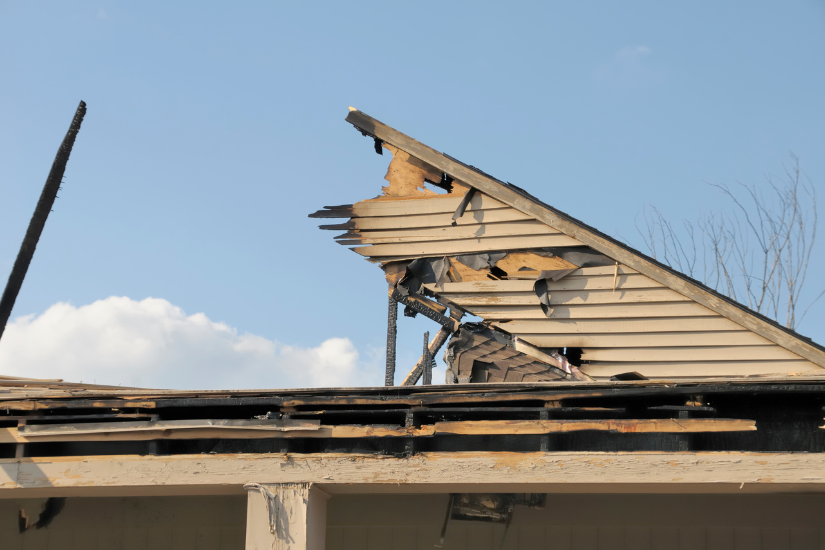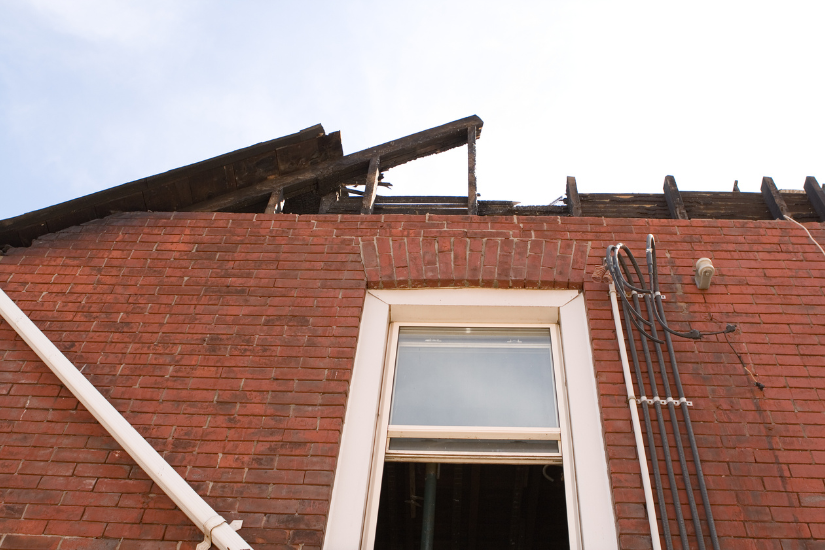Mere Masking Is Inadequate as a Smoke Odor Removal Strategy After fire damage, even a thorough cleanup of the debris, charring, and soot cannot erase the smell, one of the most traumatic reminders of the disaster. Smoke odor removal for St. Louis homes involves several steps that target the chemical...
Addressing Smokey Materials During St Louis Fire Damage Restoration
Flames might be the most direct threat when a fire strikes, but smoke and soot damage are far more pervasive and can have a greater impact on the property. Smoke damage will carry corrosive particles and residues that can overwhelm several common building materials, each reacting differently based on their...
Smoke Odor Removal in Several Forms for St. Louis Properties
When your home experiences a fire, the visible damage is only part of the obstacles to getting back to normal life. Smoke odors are among the most formidable challenges in restoring a structure, as these gaseous compounds become trapped in walls, carpeting, and furniture after extinguishment. Professional smoke odor removal...
Training and Experience Matter During St. Louis Fire Damage Cleanup
Fire Residue Removal Without Ruining Surfaces The soot and charring left after a household fire affects every surface of your home in St. Louis. Fire damage cleanup requires careful assessment before trained and experienced technicians select appropriate products and techniques to deliver effective outcomes based on the specific circumstances of...
Innovative Smoke Odor Removal Strategies for Chesterfield Homes
Advanced Technologies Deodorize When Deep Cleaning Cannot It makes sense that Odor Control Technicians (OCT), trained through the Institute of Inspection, Cleaning and Restoration Certification (IICRC), including our team members at Sansara 24/7 Restoration & Remodeling, look first for visible evidence of fire damage to eradicate the smoky stench. Chesterfield...
Thorough Smoke Odor Removal in Chesterfield
Restore Fresh Air in Your Home with Professional Help Smoke odors can linger long after a blaze is extinguished. It penetrates walls, carpets, furniture, and even clothing, leaving an unpleasant and persistent smell. This odor is caused by microscopic soot particles that cling to surfaces, making their removal crucial to...






